They went extinct. Or nearly did. Or were so weird no one thought they’d last. Then—surprise—they showed up again. Wiser, weirder, and wildly misunderstood.

Nature has a twisted sense of humor. Just when you think a species is gone for good, it reappears decades—or centuries—later, strutting through a rainforest or waddling back into the ocean like, “Miss me?” Some of these animals were declared extinct. Others were dismissed as myths or oddities that couldn’t possibly survive evolution. And yet… here they are, alive and doing better than anyone expected.
These are the animal comebacks that sound like hoaxes—until the field biologists, trail cams, and DNA tests confirm otherwise. From ancient fish to revenge-driven frogs, here are 12 mind-blowing returns that prove extinction is just a rumor… and a dramatic flair for survival is very real.
1. The Coelacanth
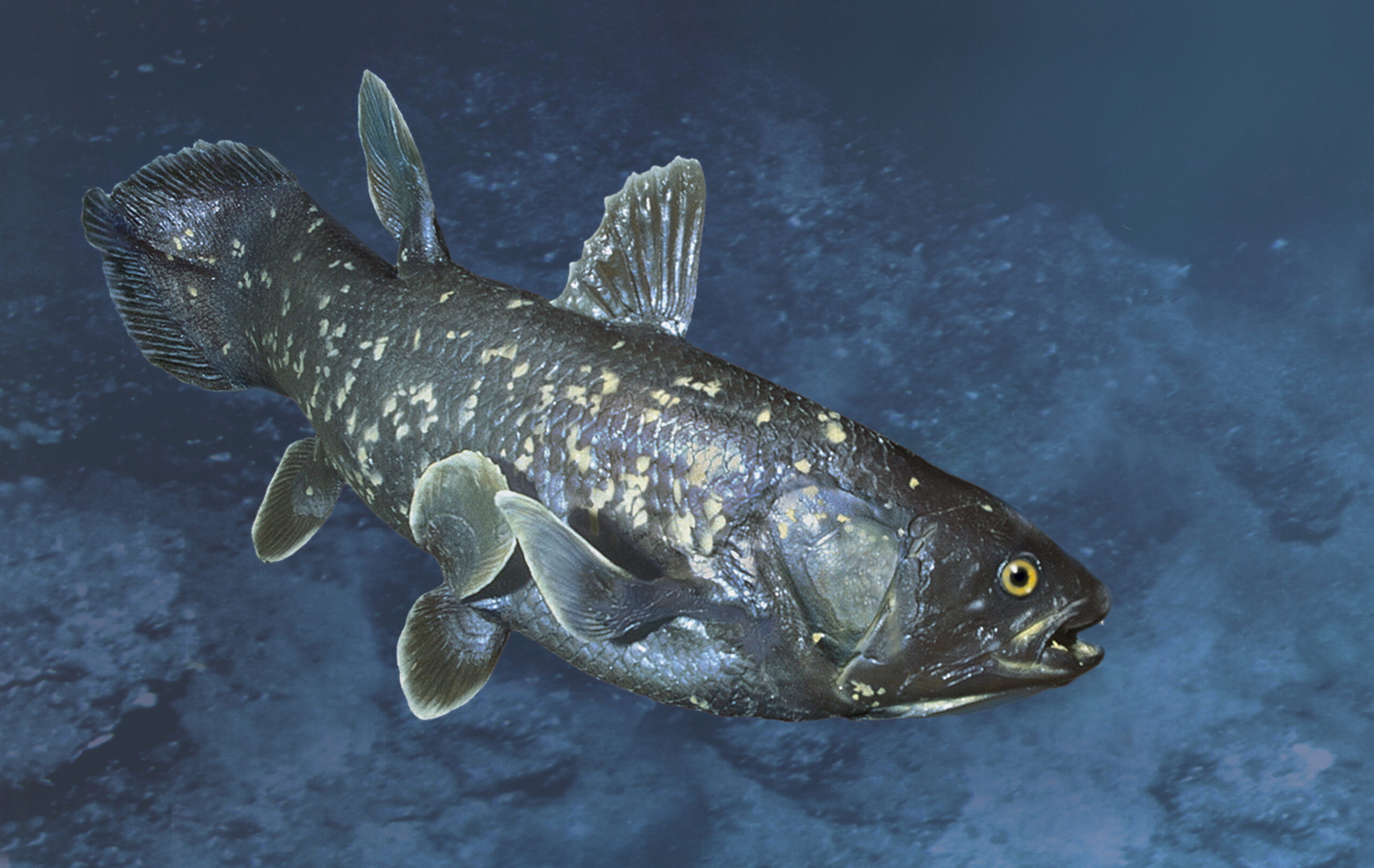
In 1938, a South African museum curator opened a fisherman’s crate and had a panic attack. Inside was a lobe-finned fish so prehistoric that it was thought to have gone extinct with the dinosaurs. The coelacanth had reappeared—alive, bizarre, and thriving 700 feet underwater off the coast of Madagascar. With limb-like fins and a weird internal oil bladder, this fish is a living fossil that rewrote everything we thought we knew about vertebrate evolution.
Scientists were floored. Not only was the coelacanth real, it was thriving in deep-sea canyons and showing up in places no one thought to look. It can live up to 100 years, has an incredibly slow metabolism, and gives birth to live young after a gestation period of—wait for it—five years. It’s so weird that when National Geographic ran a feature on it, readers thought it was a prank. But no, this Jurassic throwback is very real—and still haunting the ocean depths with its ghostly fins and ancient swagger.
2. The Zombie Frog
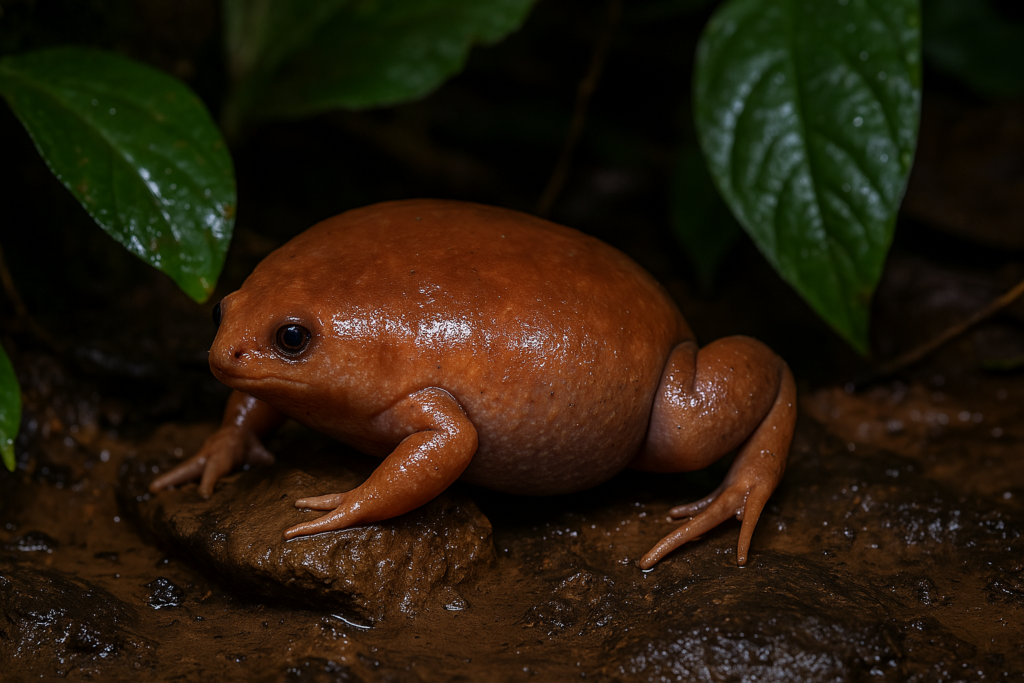
You’d think something called a zombie frog would be a comic book hoax, but Synapturanus zombie is as real—and muddy—as it gets. This squishy, brown amphibian lives its entire life underground in the Amazon rainforest, emerging only when the rains come hard and fast. Scientists assumed it was just too elusive or rare to study properly—until 2021, when a muddy crew of herpetologists finally unearthed it. They weren’t just covered in soil—they were exhausted, sunburned, and slightly delirious, which is exactly how the Smithsonian says the frog earned its name. You’d look like the undead, too, if you had to dig through mosquito-infested leaf litter for a week just to hear it squeak.
Despite being tiny and shy, this frog sent waves through the scientific community. It belongs to a narrow-mouthed family of frogs that’s been around for millions of years, and its comeback highlights how much of the Amazon’s biodiversity is still undiscovered—or wrongly presumed gone. According to phys.org, the zombie frog’s call was one of the few clues to its existence, and tracking it down required not just fieldwork but a little dark humor. Its reappearance reminded scientists that “extinct” is sometimes just code for “we haven’t looked hard enough.” It also proved that even after centuries of cataloging the Amazon, the jungle still has secrets. And some of them are buried and squealing in the dirt.
3. The Bermuda Petrel

For over three centuries, the Bermuda petrel—or cahow—was thought to be extinct. Early settlers ate them to near oblivion, and introduced predators like rats, cats, and pigs finished the job. Then, in 1951, a teenage naturalist named David Wingate helped rediscover a small population nesting on a remote rocky outcrop in Bermuda. It was a shock to the ornithological world: a seabird with a wingspan of nearly three feet had gone unseen for generations, hiding in burrows on wind-battered cliffs. According to The Bermudian, it was considered one of the greatest animal rediscoveries of the 20th century—so unlikely that people thought it was a hoax at first.
But the cahow wasn’t done making headlines. With help from conservationists (and a few artificial burrows), this ghost bird clawed its way back from the brink. There are now more than 150 nesting pairs, and chicks raised through head-start programs have even begun returning to breed. As American Bird Conservancy reports, it’s an ongoing conservation miracle. The cahow still vanishes for years at sea before returning to the same hidden crevices it’s used for centuries—like a feathered time traveler with a good memory. What makes it even more incredible? It was rediscovered not by seasoned scientists but by a kid with binoculars and curiosity. Nature loves a dramatic comeback, and this one delivered in full gothic glory.
4. The Terror Skink
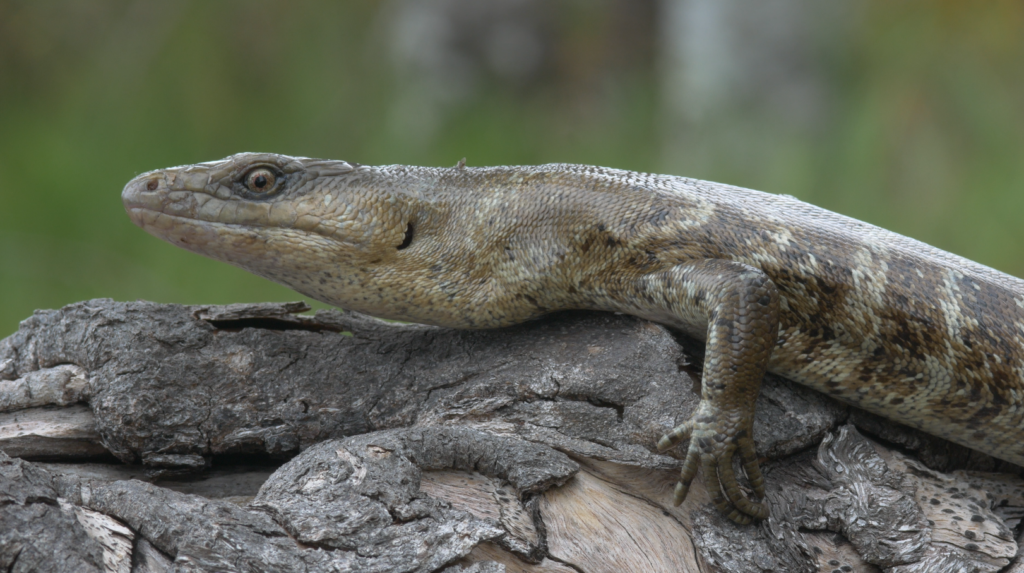
It sounds like a video game boss: razor-sharp teeth, glowing eyes, and a name like Phoboscincus bocourti. But the terror skink was real—and thought to be extinct for 130 years before it suddenly resurfaced on a tiny islet in New Caledonia. For decades, biologists only had one specimen to go on, collected in 1876. It wasn’t until 2003 that researchers spotted it again, alive and well—and every bit as intimidating as its nickname suggests. This isn’t your average garden lizard. According to the IUCN Red List, the terror skink has specialized teeth for tearing flesh and a top-predator attitude in its micro-ecosystem.
Its rediscovery not only stunned herpetologists but also raised urgent questions about what else might be hiding in these isolated pockets of biodiversity. The terror skink’s habitat is tiny and fragile, and because it lives in such a specific environment, its comeback is both miraculous and precarious. It preys on other reptiles and native birds—the apex predator of its rocky outcrop. Scientists now monitor the islet closely, knowing that one invasive rat could wipe it out for good. But for now, this nightmare lizard lives—and its sudden, swaggering return proves that legends sometimes crawl back, teeth first.
5. The Lord Howe Stick Insect
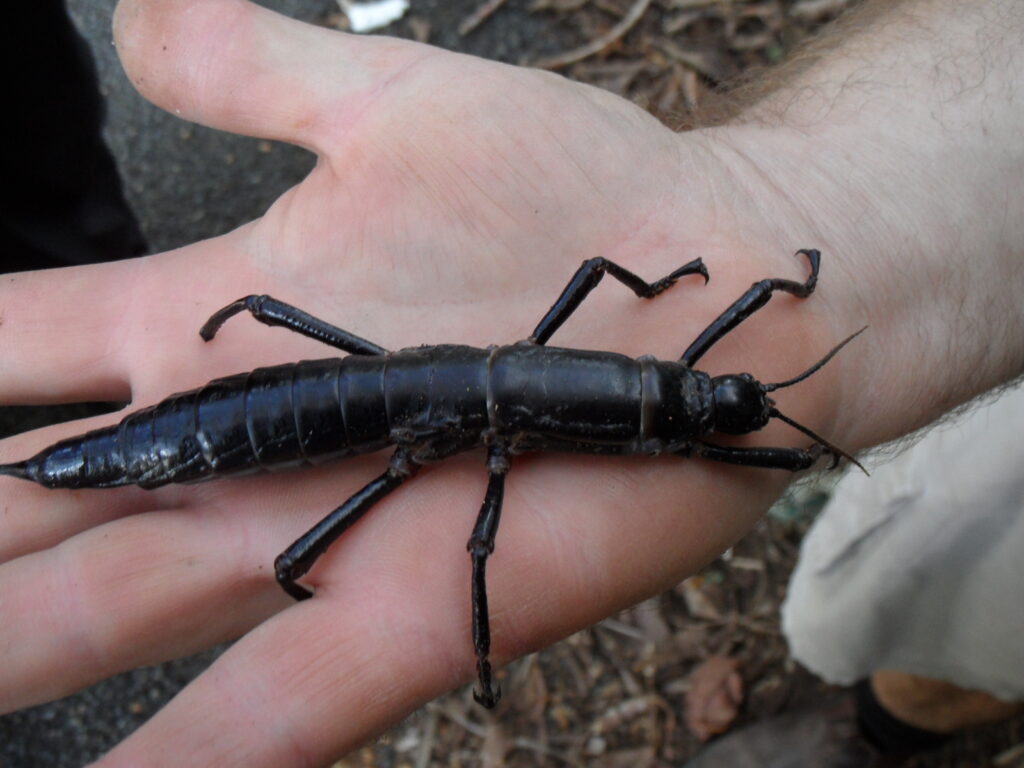
In the early 20th century, rats accidentally introduced to Lord Howe Island off the coast of Australia wiped out the local stick insect—at least, that’s what scientists thought. These creepy-crawly giants, nicknamed “tree lobsters,” hadn’t been seen since 1920 and were officially declared extinct. But in 2001, rock climbers on the nearby Ball’s Pyramid—a 1,800-foot tower of volcanic rock rising straight out of the ocean—found droppings that didn’t match any known insect. After a few risky night climbs, researchers discovered a handful of massive, glossy-bodied stick insects clinging to a single bush. Turns out the bug had been hiding in plain(ish) sight.
The Lord Howe stick insect is nearly 6 inches long, doesn’t fly, and mates for life—like a spiny, armored love story that just won’t die. Since its rediscovery, conservationists have been breeding the insects in captivity, carefully raising generations in hopes of reintroducing them to their native island once rat eradication efforts succeed. According to Melbourne Zoo, they’ve already bred over 20,000 individuals. And despite looking like something out of a horror film, they’re gentle, shy, and oddly romantic. It’s the ultimate comeback tale: part Jurassic Park, part dating show, and all legs.
6. The La Palma Giant Lizard
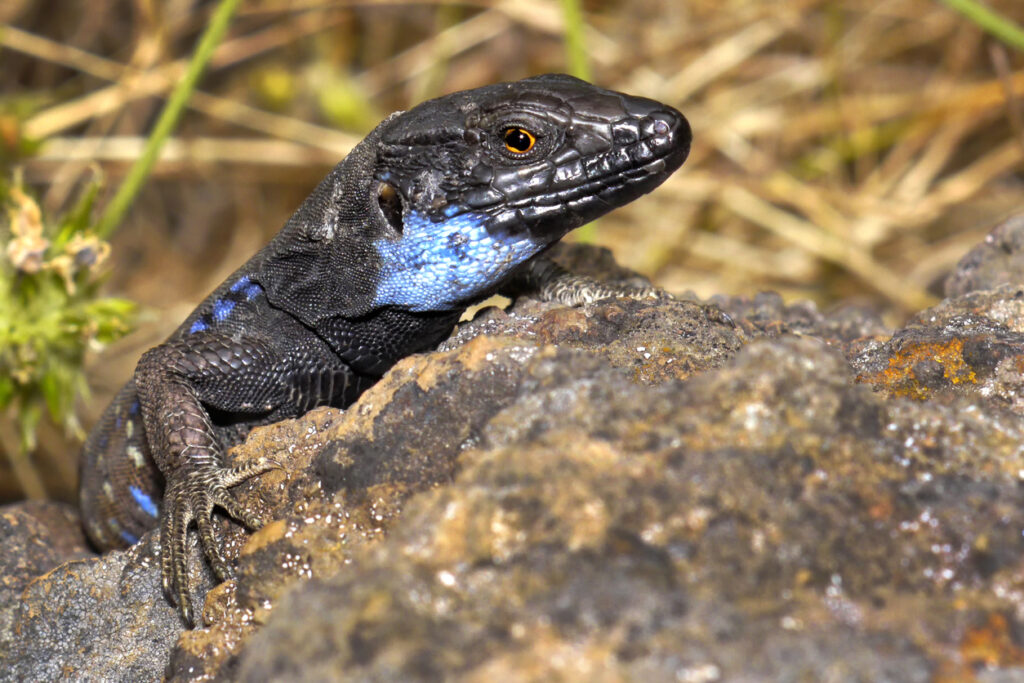
Imagine rediscovering a myth. That happened on La Palma in the Canary Islands, where a massive lizard species was long thought extinct—and probably a little exaggerated. Locals spoke of meter-long reptiles that once ruled the rocks, but scientists assumed those stories were ancient folklore. That changed in 2007, when researchers confirmed sightings of the Gallotia auaritae—a species not seen since the 1500s. Suddenly, the island’s bedtime stories were very, very real.
This isn’t a cute gecko. The La Palma giant lizard is a literal tank with scales, capable of surviving in lava rock crevices and sprinting at surprising speeds. Though their population is still dangerously low, conservationists are racing to breed and protect the few individuals that remain. It’s a classic Lazarus species situation: something presumed gone, found alive, and now fragile all over again. But the comeback was so dramatic, it made global headlines and inspired renewed interest in re-examining other so-called “extinct” island species. Turns out that legends have legs—and sometimes claws.
7. The Pinta Island Tortoise

When Lonesome George died in 2012, the world mourned what was believed to be the final Pinta Island tortoise. Found in 1971, George was the last known member of his species—and he became a global icon for extinction awareness. But then things got weird. In 2020, genetic studies revealed that descendants of the Pinta Island tortoise had been found on Volcán Wolf, a remote volcano on Isabela Island. George may have been lonely, but he wasn’t the last.
Yale and the Galápagos Conservancy researchers confirmed that some of these hybrid tortoises carry a high percentage of Pinta DNA. That means the lineage isn’t just alive—it could be revived with careful breeding. The team even found one young female with enough pure genetics to make her a candidate for species restoration. George might be gone, but his legacy—and possibly his species—is getting a second act. It’s like a real-life Jurassic Park, only with more conservation ethics and fewer velociraptors.
8. The New Guinea Singing Dog

The New Guinea singing dog isn’t just a great name—it’s a vocal marvel. With eerie, harmonic howls that rise and fall like opera, this wild canine was considered extinct in the wild for over 50 years. Only a few existed in captivity, all believed to descend from the same tiny, inbred population. But in 2016, camera traps in the Papua highlands captured images of singing dogs alive and howling in the wild. Scientists later confirmed the genetics: they were real, and they were back.
These wild dogs are one of the world’s rarest canids, thought to be direct relatives of the first dogs ever domesticated by humans. Their rediscovery opened a floodgate of questions: Where were they hiding? How did they survive? And what other ancient species might still be lurking in the folds of the world’s mountains and forests? According to National Geographic, these animals have a vocal range like no other and an origin story that predates most modern breeds. When they sing, it’s not just beautiful—it’s history howling back to life.
9. The Devil’s Hole Pupfish
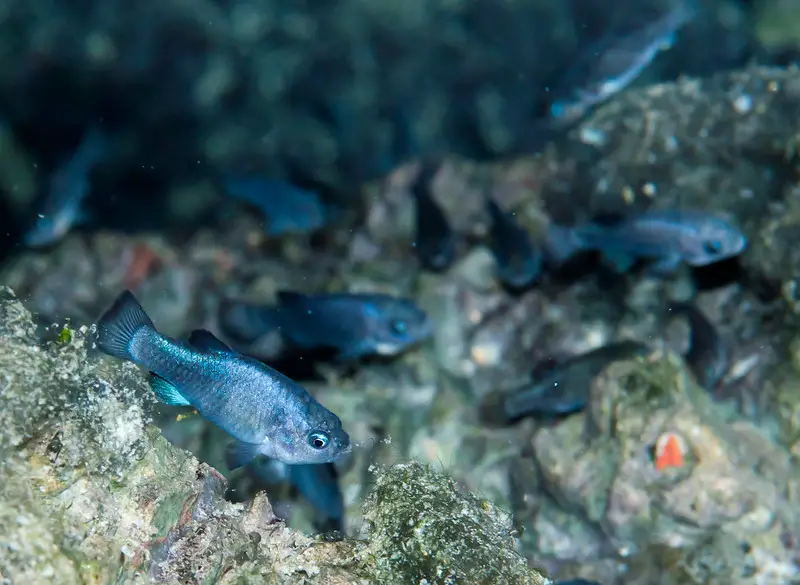
This fish lives in a puddle. Well, technically, a 10-by-60-foot geothermal fissure in Nevada known as Devil’s Hole, and it’s one of the rarest—and most dramatic—comebacks in conservation history. At one point in 2013, only 35 individuals remained. Conservationists were losing hope. But after radical habitat protection, water-level monitoring, and even around-the-clock guards to prevent vandalism, the Devil’s Hole pupfish started to rebound. In 2022, biologists celebrated as the population ticked up to 175—a miracle in pupfish math.
What makes the story so wild is that this fish has survived thousands of years in a literal hole in the desert. It’s evolved to withstand high temperatures, low oxygen, and isolation so extreme that some scientists thought it would go extinct just from genetic inbreeding. But the pupfish defied extinction one spawn at a time. According to the National Park Service, they’re a symbol of how small species can demand big protection—and actually get it. If survival is a flex, this glowing blue fish is doing a full yoga backbend.
10. The Night Parrot
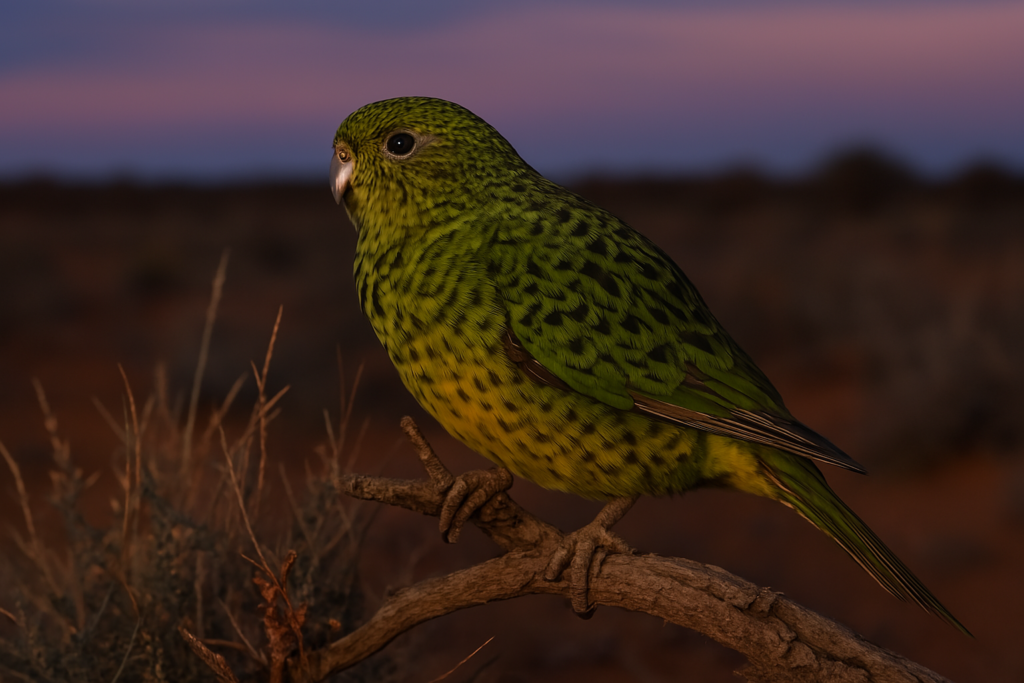
If birders had a Bigfoot, it’d be the night parrot. This elusive Australian species hadn’t been seen alive in over 100 years when a naturalist in Queensland found one dead on the roadside in 2013. It was an accidental rediscovery—but it cracked open a mystery that had haunted ornithologists since 1912. Not long after, trail cams confirmed that the night parrot was still alive—and still playing hard to get.
The bird lives in remote desert scrublands, is active only at night, and flies like a paper airplane in a headwind. It’s nearly impossible to track without a bit of luck and obsessive dedication. Scientists had even begun to wonder if the species was just legend until the carcass confirmed otherwise. According to the BBC, its rediscovery was one of the most significant in Australian wildlife history. And now? Researchers are trying to save it before it ghosts us for good again.
11. The Fernandina Island Tortoise
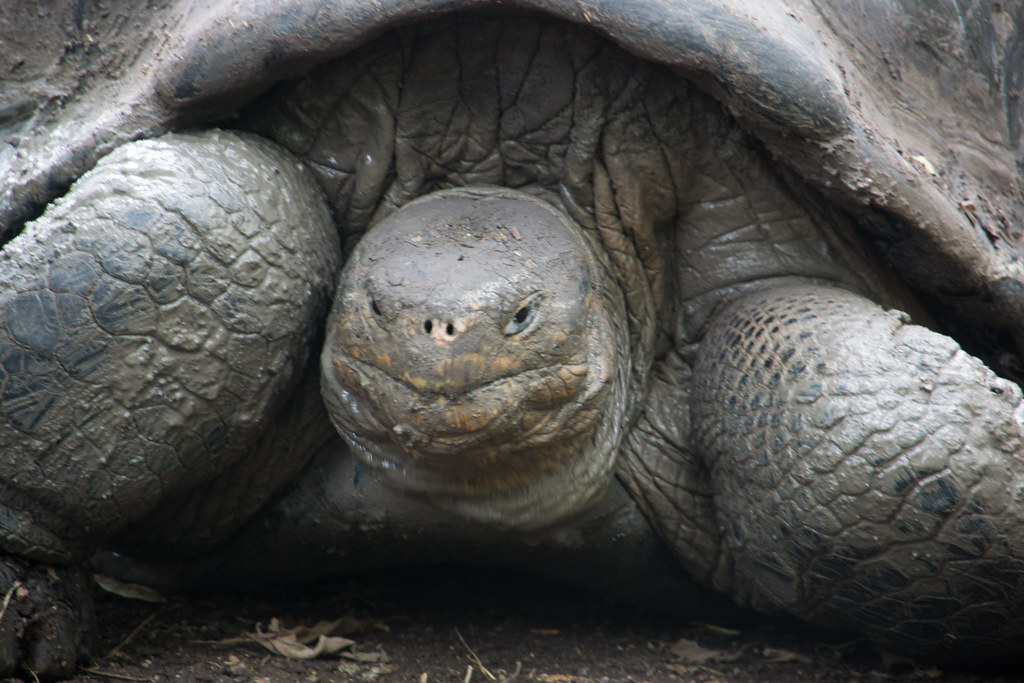
When a giant female tortoise was discovered wandering on Fernandina Island in 2019, scientists at first didn’t believe their eyes. She belonged to the species Chelonoidis phantasticus, which had last been seen in 1906 and was believed to be extinct due to volcanic activity. But after genetic tests, researchers confirmed it: the Fernandina Island tortoise was back, and she wasn’t a hoax, a hybrid, or an escapee. She was the real deal, sauntering through lava rocks like she owned the place.
Dubbed “Fernanda,” the tortoise was eventually matched to the 1906 male specimen—meaning she could represent a viable breeding opportunity if others are found. According to The Guardian, conservationists are now on high alert, combing the island for a potential mate. The lava fields she calls home are some of the most remote and treacherous in the Galápagos, which may explain how she avoided detection for over a century. If they find her a companion? It could be the rarest tortoise love story ever told.
12. The Somali Sengi
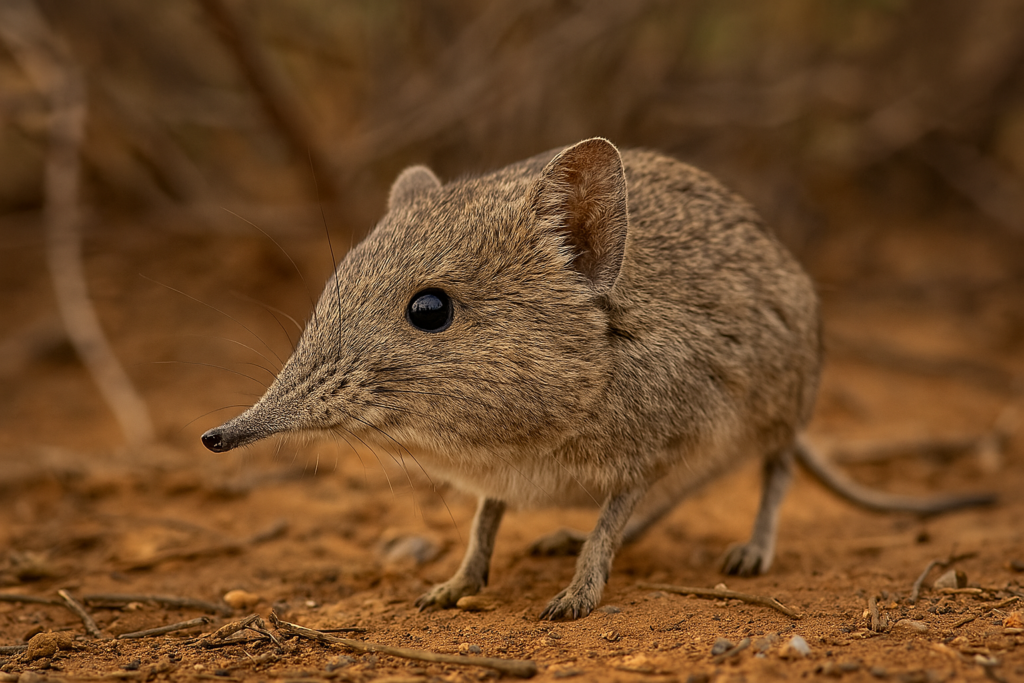
For decades, the Somali sengi—a tiny, trunk-nosed creature also known as an elephant shrew—was missing from science. Last seen in 1973 and native to the Horn of Africa, it was listed as one of the top 25 “most wanted lost species” by the Global Wildlife Conservation. Researchers feared it had quietly gone extinct amid habitat loss and regional instability. But in 2019, scientists set up peanut-butter baited traps in Djibouti and caught the uncatchable: the Somali sengi, alive and well.
These mouse-sized mammals aren’t rodents—they’re related to elephants and manatees (no joke). And they’re fast. Sengis can sprint at 18 mph and leap almost three feet in the air. That’s like a hamster outrunning your bike. Their rediscovery was not only thrilling but proof that some species persist in overlooked corners of the world. According to National Geographic, the sengi’s survival was a reminder that even “extinct” species can outrun our assumptions—sometimes literally. One researcher described seeing the creature in motion as “like watching a fuzzy ping-pong ball explode into motion.” Which honestly? Is the comeback energy this list deserves.
Final Thought: Nature Keeps the Receipts

Just when we think we’ve mapped the world, tagged the species, and mourned the losses, some creature pops back up with a middle fin to extinction. Whether they were hiding underground, gliding through volcano fields, or humming forgotten songs in the jungle, these animals (and one ancient tree) prove that survival is stranger than fiction. And nature? She never forgets who has unfinished business.


